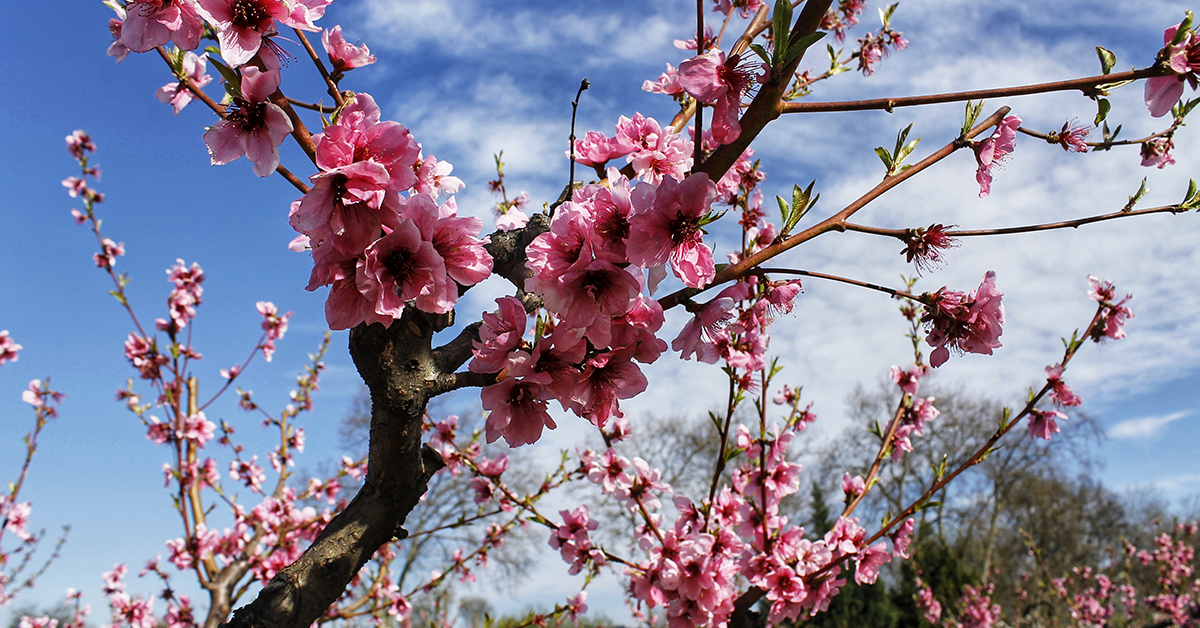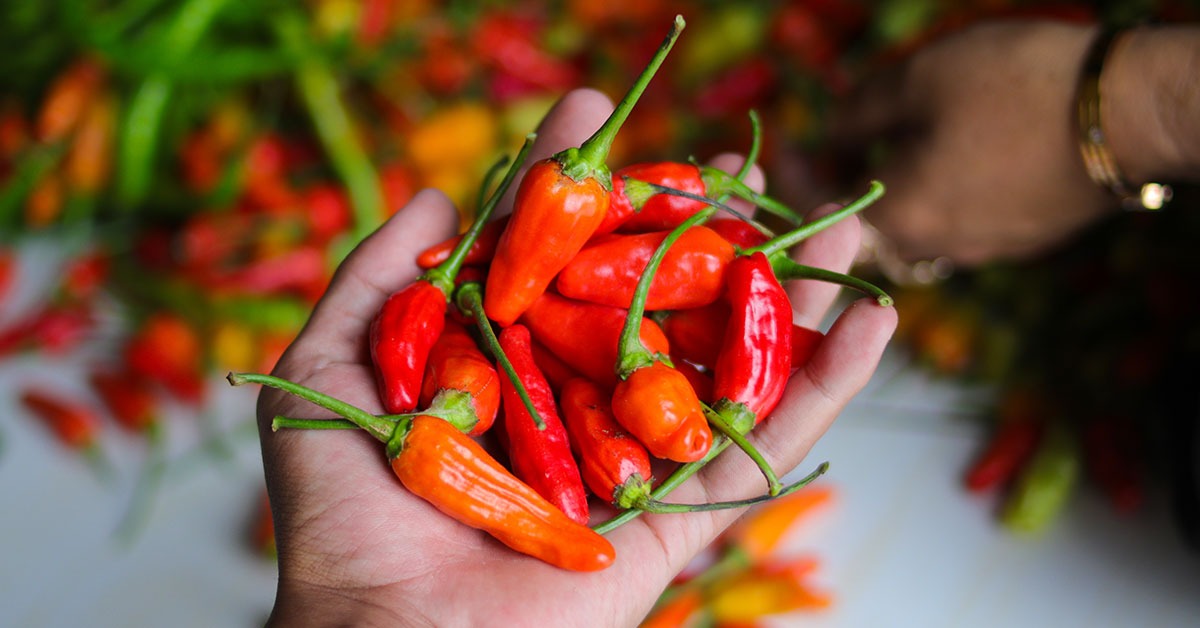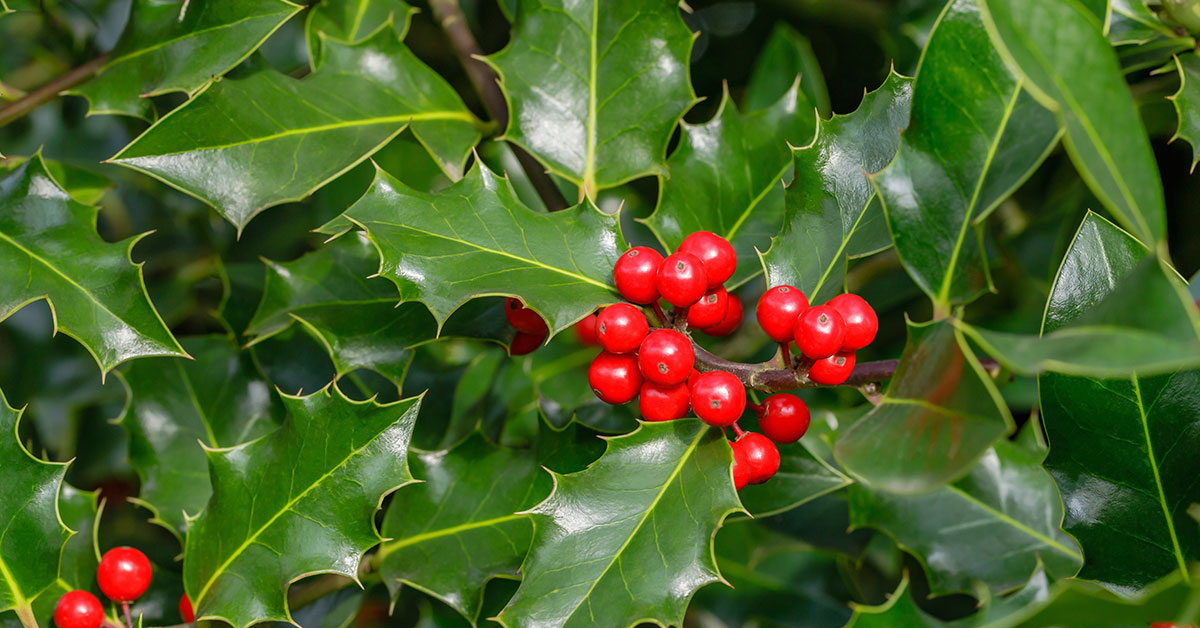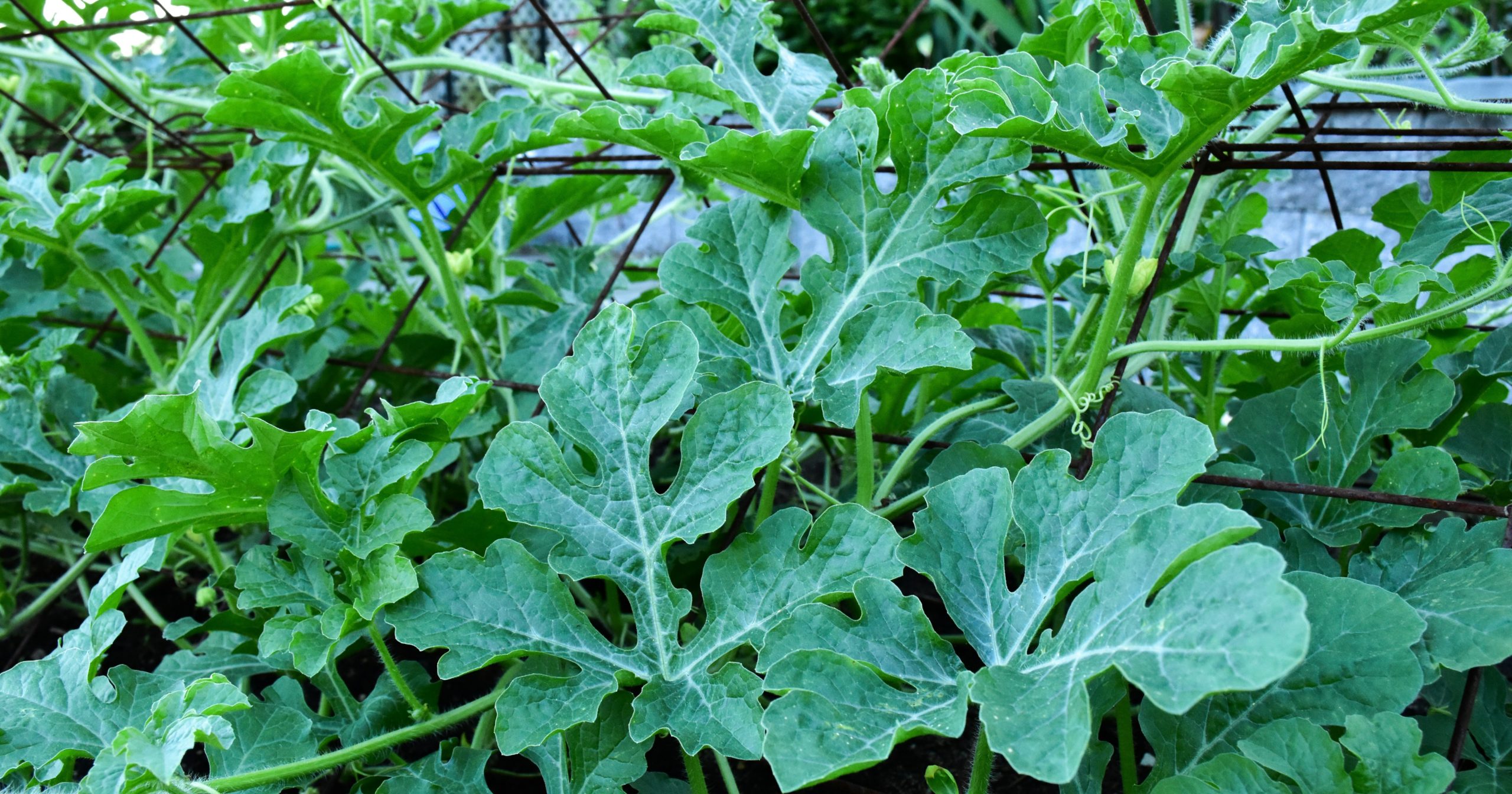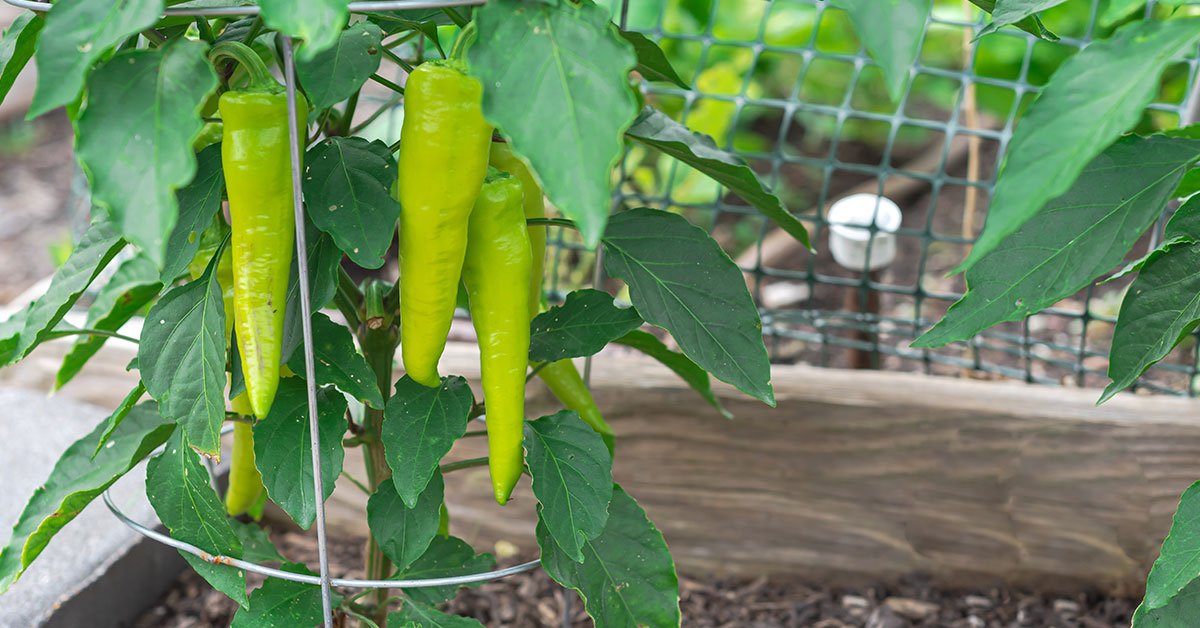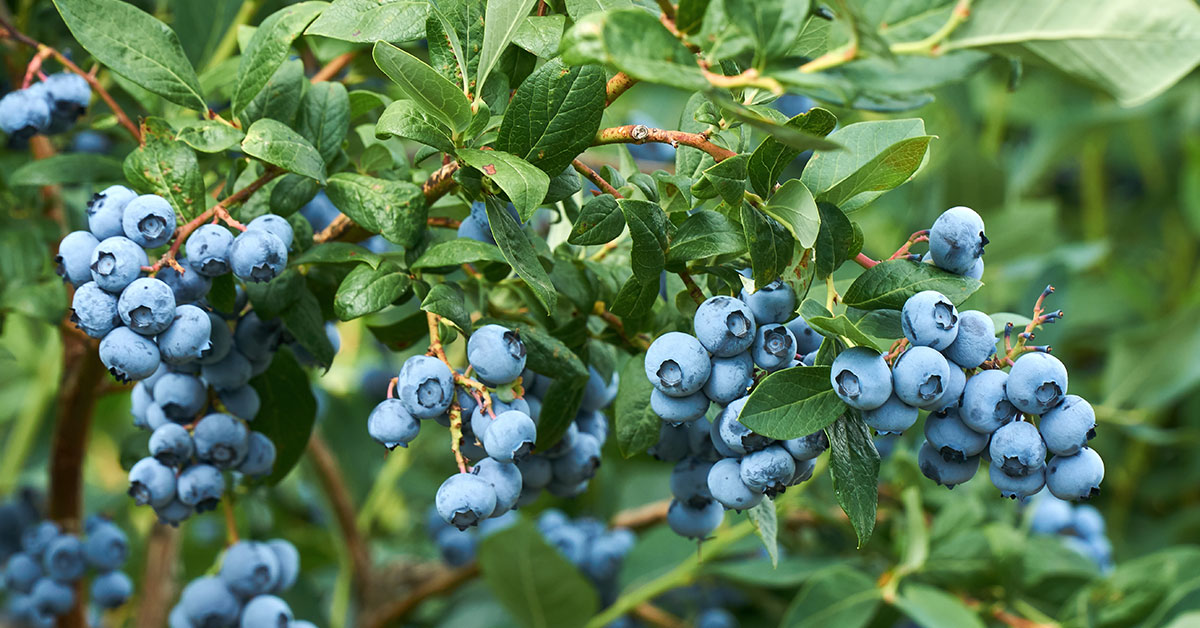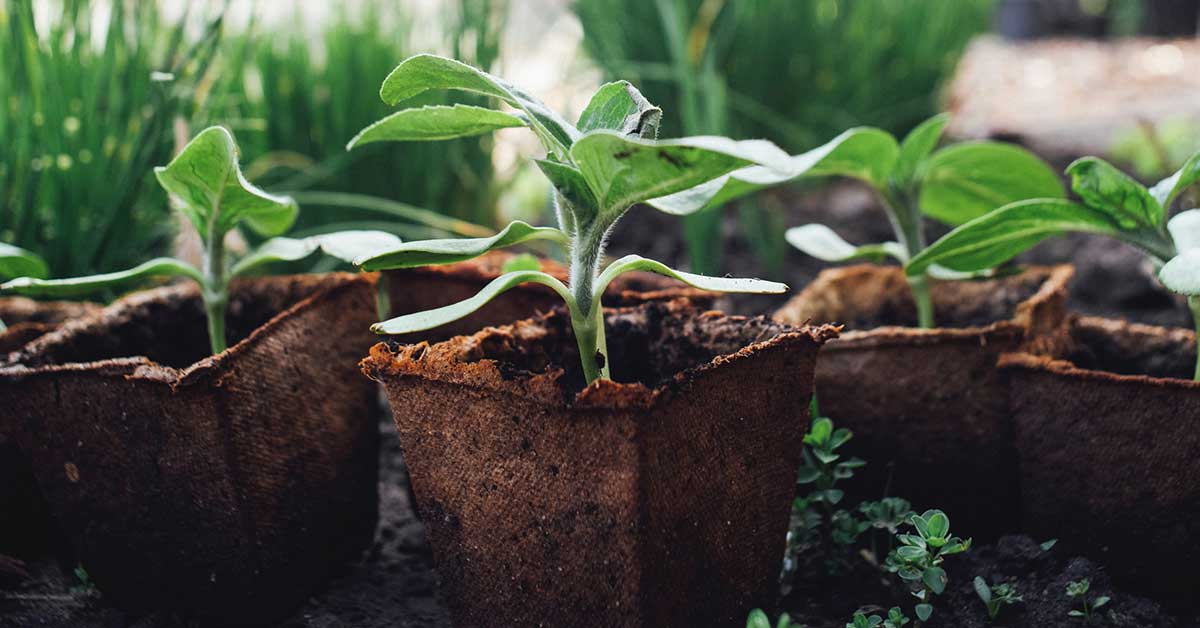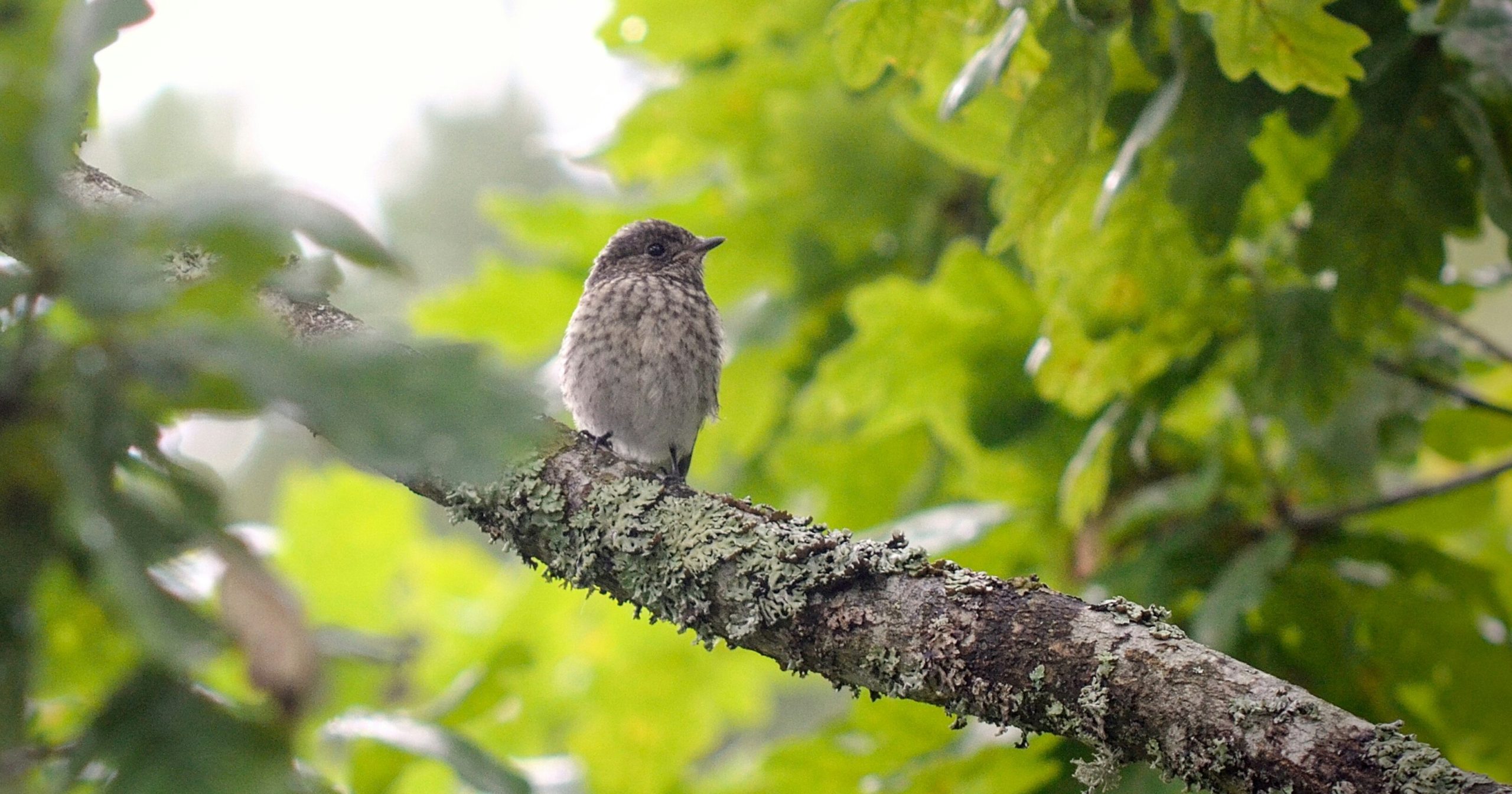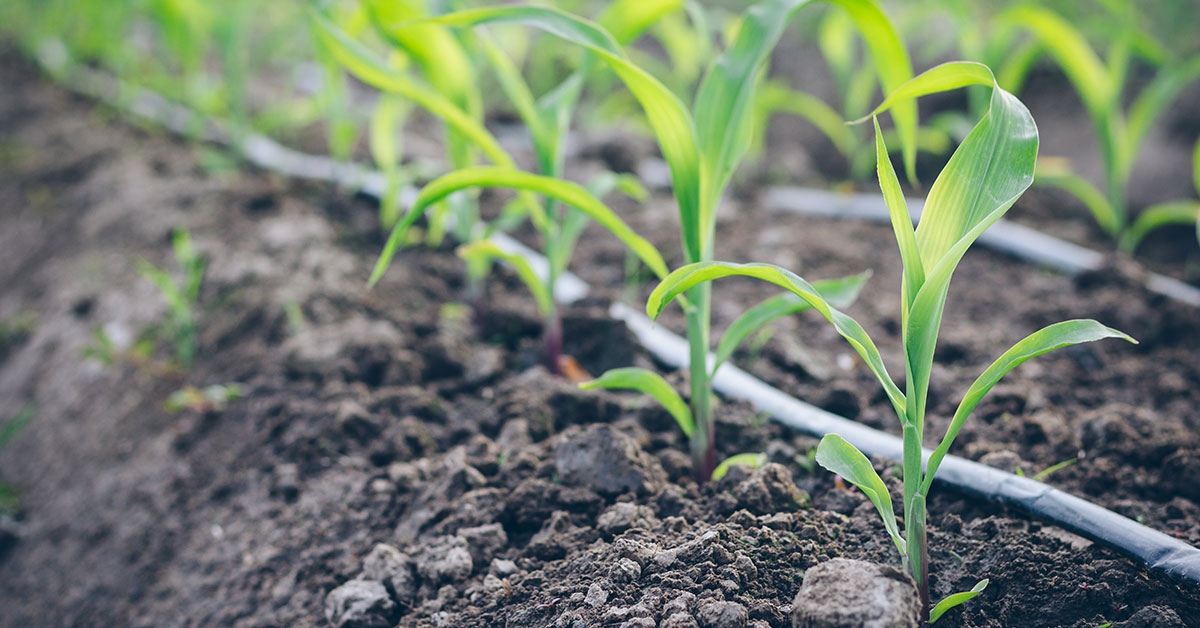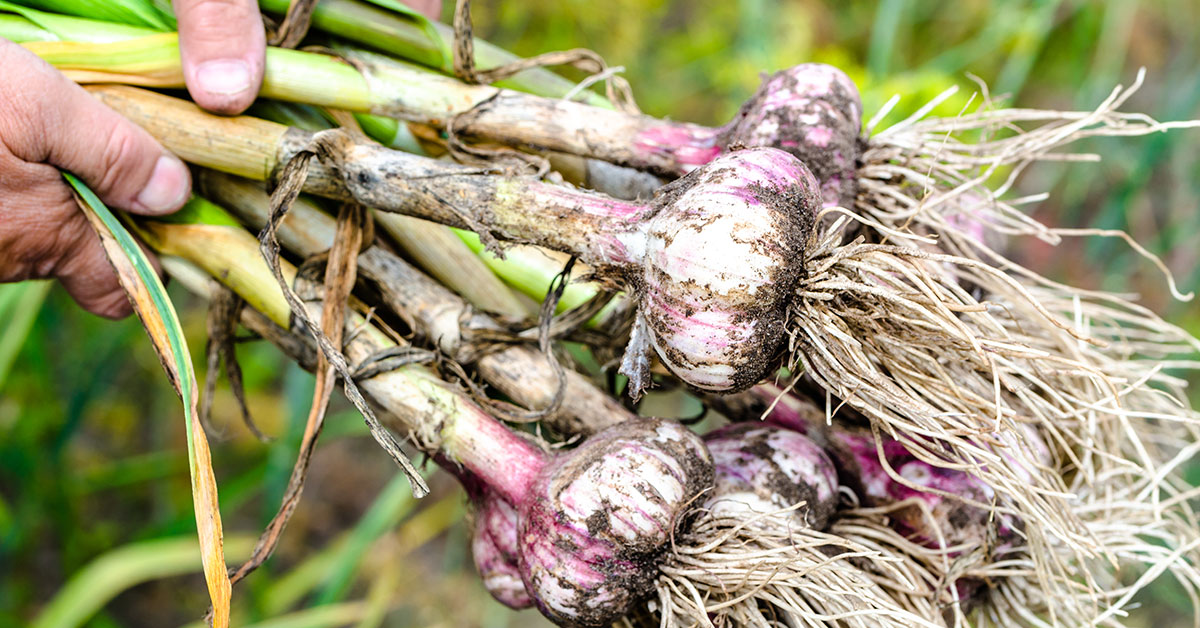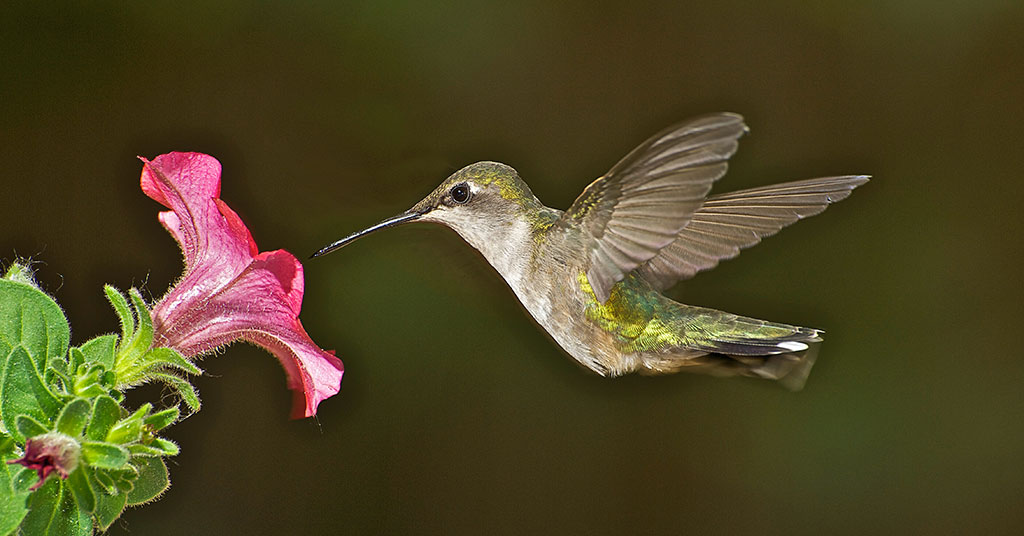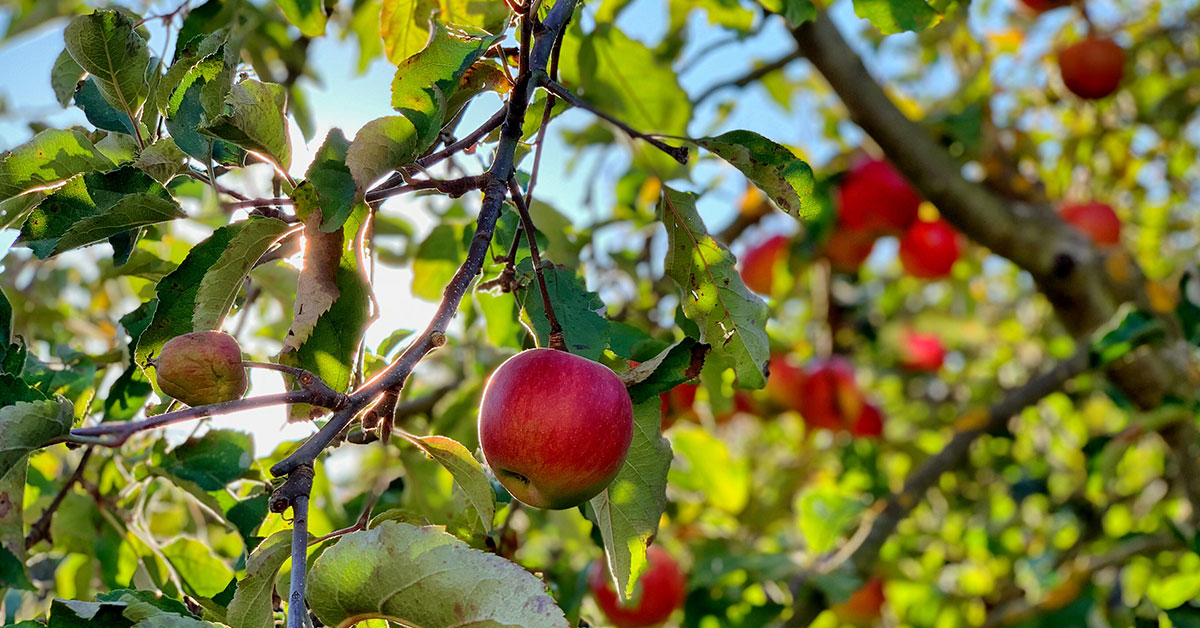Welcome to the world of growing Red Gold Nectarine trees, where the vibrant hues of golden-red fruits meet the sweet and juicy flavors that make them a favorite among fruit enthusiasts. Whether you are an experienced gardener or a novice looking to embark on a new horticultural adventure, this article will serve as your comprehensive guide to successfully cultivating Red Gold Nectarine trees.
From selecting the right variety and preparing the soil to nurturing the tree through each stage of growth, we will delve into the intricacies of this delightful fruit tree, providing you with the knowledge and tips you need to ensure a bountiful harvest of these delectable nectarines. So, grab your gardening tools and let’s dive into the world of Red Gold Nectarine cultivation!
What are Red Gold Nectarine?
Red Gold Nectarine is a popular variety of nectarine tree known for its vibrant red skin and juicy, golden flesh. It is a freestone variety, meaning the flesh easily separates from the pit, making it ideal for eating fresh or using in various culinary applications. The fruit has a sweet and tangy flavor with hints of tropical undertones, making it a delicious and refreshing treat. Red Gold Nectarine trees are medium-sized and have a spreading growth habit, requiring ample space to grow and thrive.
They are known for their attractive pink blossoms in spring, adding beauty to any garden or orchard. This variety is typically self-pollinating, but having another nectarine or peach tree nearby can increase fruit production. Red Gold Nectarines are typically harvested in mid to late summer, providing a delightful addition to your homegrown fruit collection.
What does Red Gold Nectarine taste like?
Red Gold nectarines have a deliciously sweet and aromatic flavor profile. The flesh of the fruit is juicy and succulent, with a perfect balance of sweetness and acidity. The taste is often described as a combination of tropical flavors, including hints of pineapple, mango, and citrus. The nectarine has a rich, honey-like sweetness that is incredibly satisfying to the palate. The flavor is further enhanced by a subtle tanginess, which adds a refreshing element to the overall taste. Overall, Red Gold nectarines offer a delightful explosion of fruity flavors that are sure to please any fruit lover.
How to start Red Gold Nectarine from seed
Starting a Red Gold Nectarine tree can be done through grafting or by planting a seed. However, grafting is the preferred method as it ensures that the tree will produce the desired fruit. Here is a guide on how to start a Red Gold Nectarine tree using grafting:
- Select a healthy Red Gold Nectarine scion: The scion is the desired variety of the fruit tree that you want to propagate. Choose a scion from a healthy and disease-free Red Gold Nectarine tree.
- Choose a compatible rootstock: The rootstock is the base onto which the scion will be grafted. Select a rootstock that is compatible with Red Gold Nectarine, such as a peach or plum rootstock. Ensure that the rootstock is disease-resistant and suitable for your climate.
- Prepare the scion and rootstock: In early spring, when both the scion and rootstock are dormant, make clean, diagonal cuts on both. The cuts should be about 2-3 inches long and made at a 45-degree angle.
- Join the scion and rootstock: Place the cut surfaces of the scion and rootstock together, ensuring that the cambium layers (the thin green layer just beneath the bark) align. Use grafting tape or rubber bands to tightly bind the two pieces together.
- Protect the graft: Apply grafting wax or a grafting compound to the exposed cut surfaces to prevent moisture loss and protect against infection.
- Provide proper care: Place the grafted tree in a warm and sheltered location, such as a greenhouse or a protected area in your garden. Keep the soil moist but not waterlogged. Provide adequate sunlight and protect the tree from extreme temperatures.
- Monitor and prune: Regularly check the graft union for any signs of infection or failure. Remove any shoots or buds that emerge below the graft union, as these are from the rootstock and not the desired scion. Prune the tree to shape it and promote healthy growth.
- Transplanting: Once the graft has successfully taken and the tree has grown to a suitable size (usually after one or two growing seasons), it can be transplanted into its permanent location in the garden. Ensure that the soil is well-draining and fertile.
It’s important to note that grafting can be a complex process and may require some experience or guidance from an experienced gardener or horticulturist. If you are new to grafting, it might be best to seek assistance or consider purchasing a Red Gold Nectarine tree from a reputable nursery.
When to plant Red Gold Nectarine outdoors
The ideal time to plant Red Gold Nectarine trees is in late winter or early spring, before the tree starts to bud or flower. This allows the tree to establish its root system before the onset of hot summer weather. Planting in late winter or early spring also gives the tree ample time to acclimate to its new environment and develop a strong foundation before the following winter.
Growing & care guide
Caring for Red Gold Nectarine trees requires attention to several key factors to ensure healthy growth and a bountiful harvest. Here are some best practices to follow:
- Planting: Choose a sunny location with well-draining soil for your Red Gold Nectarine tree. The soil should be slightly acidic, with a pH level between 6.0 and 6.5. Dig a hole that is wide and deep enough to accommodate the tree’s root system. Place the tree in the hole, making sure the bud union (the swollen area where the tree was grafted onto the rootstock) is above the soil line. Fill the hole with soil, gently firming it around the roots.
- Watering: Nectarine trees require regular watering, especially during the growing season. Water deeply and thoroughly, ensuring the soil is moist but not waterlogged. A good rule of thumb is to provide 1-2 inches of water per week, either through rainfall or irrigation. However, be cautious not to overwater, as excessive moisture can lead to root rot.
- Fertilization: Red Gold Nectarine trees benefit from regular fertilization to promote healthy growth and fruit production. Apply a balanced, slow-release fertilizer in early spring, just before new growth begins. Follow the manufacturer’s instructions for the appropriate amount to use based on the tree’s size. Additionally, you can provide a nitrogen-rich fertilizer in late spring or early summer to encourage leafy growth.
- Pruning: Pruning is essential for maintaining the shape and health of your Red Gold Nectarine tree. Prune during the dormant season, typically in late winter or early spring, before new growth emerges. Remove any dead, damaged, or diseased branches. Thin out crowded areas to improve air circulation and sunlight penetration. Additionally, prune to maintain an open center or vase shape, which allows for better fruiting and easier maintenance.
- Pest and Disease Control: Red Gold Nectarine trees are susceptible to various pests and diseases, including aphids, peach leaf curl, and brown rot. Regularly inspect your tree for signs of infestation or disease, such as distorted leaves, sticky residue, or rotting fruit. Use organic or chemical insecticides and fungicides as necessary, following the instructions carefully. Applying dormant oil spray during the dormant season can help control overwintering pests and their eggs.
- Harvesting: Red Gold Nectarines are ready for harvest when the fruit is firm, fragrant, and fully colored. Avoid picking them too early, as they may not ripen properly off the tree. Gently twist or lift the fruit to detach it from the branch. Handle the nectarines with care to prevent bruising.
By following these best practices, you can ensure the health and productivity of your Red Gold Nectarine tree, enjoying delicious, homegrown fruit for years to come.
Harvesting guide
Red Gold nectarines are typically ready for harvest in late spring or early summer, depending on your specific climate and growing conditions. Here are some guidelines to help you determine when and how to harvest your Red Gold nectarines:
- Color: The skin of Red Gold nectarines should turn from green to a vibrant red or yellowish-red color when they are ripe. The fruit should also feel slightly soft to the touch.
- Taste: The best way to determine if your Red Gold nectarines are ready for harvest is by tasting one. Ripe nectarines should have a sweet and juicy flavor. If the fruit tastes slightly tart or lacks sweetness, it may need more time to ripen.
- Firmness: Gently squeeze the nectarine to check its firmness. It should yield slightly to pressure without being too soft or mushy. If the fruit is still hard, it is not yet ripe.
- Harvesting: To harvest the Red Gold nectarines, hold the fruit gently and twist it slightly until it detaches from the tree. Alternatively, you can use a pair of pruning shears or scissors to cut the stem about half an inch above the fruit.
- Handling: Handle the nectarines with care to avoid bruising or damaging the fruit. Place them in a shallow container or basket lined with a soft material, such as a towel or newspaper, to prevent them from getting squished or scratched.
- Ripening: If some nectarines are not fully ripe when harvested, you can allow them to ripen further indoors at room temperature. Place them in a paper bag to speed up the ripening process. Check them daily and remove any overripe or spoiled fruits to prevent them from affecting the others.
- Storage: Once fully ripe, Red Gold nectarines can be stored in the refrigerator for up to a week. Place them in a breathable container or perforated plastic bag to maintain their quality.
Remember, nectarines are best enjoyed when they are fully ripe and at their peak flavor. Harvesting at the right time ensures a delicious and satisfying fruit.
